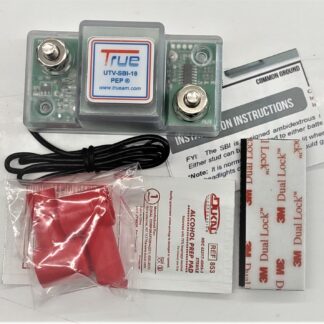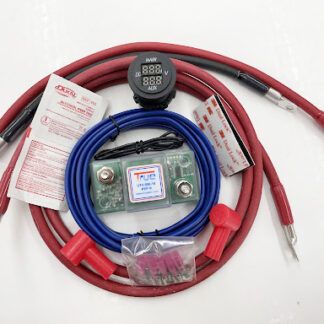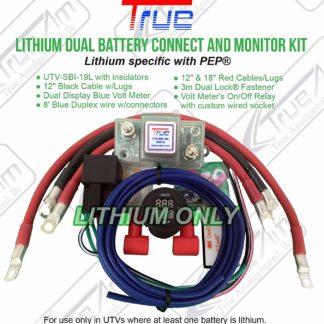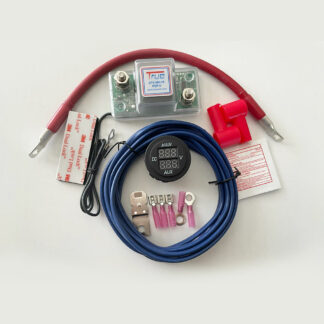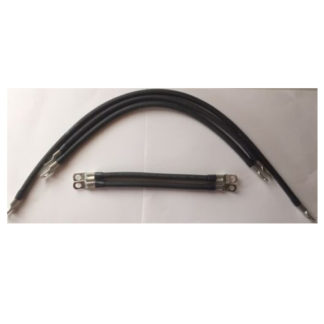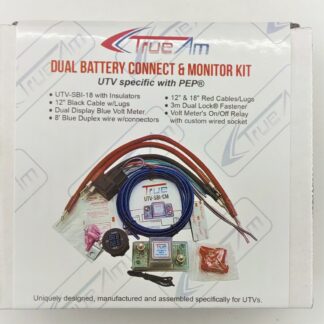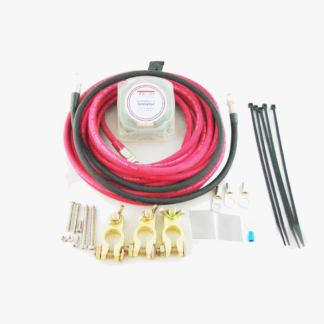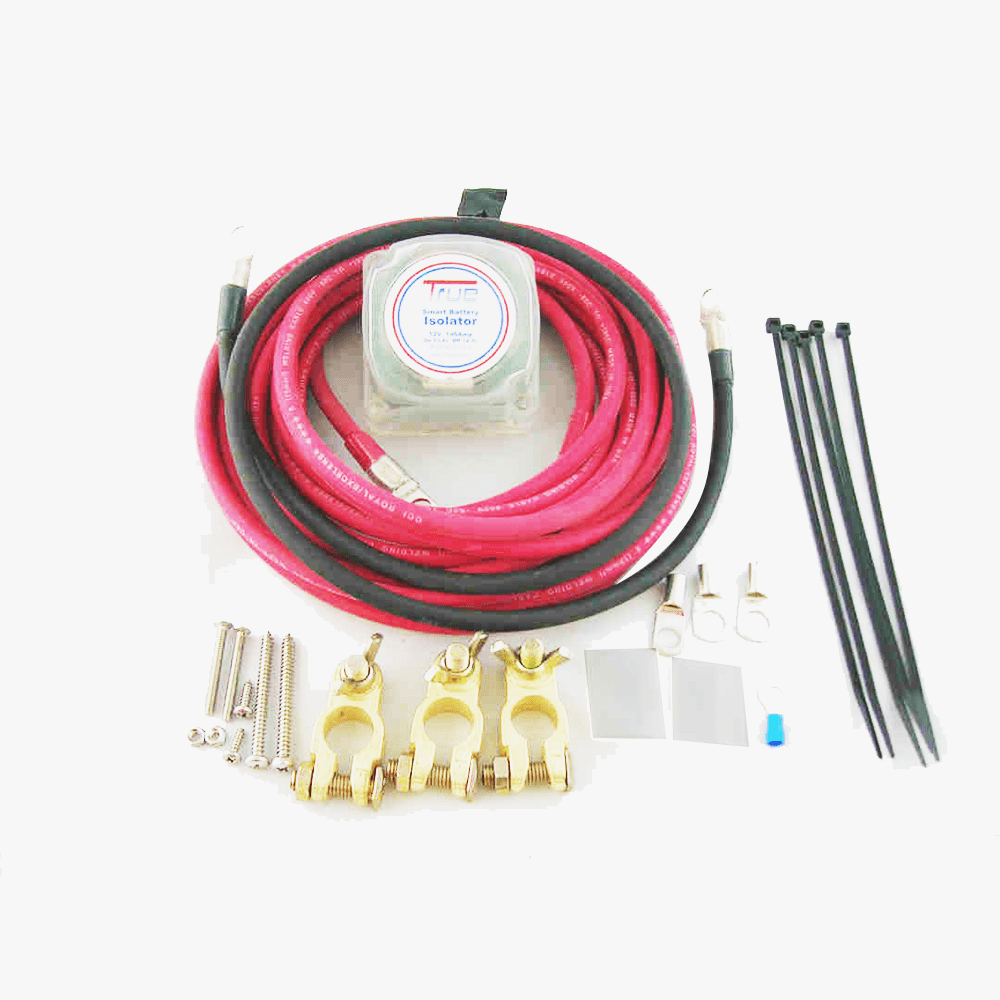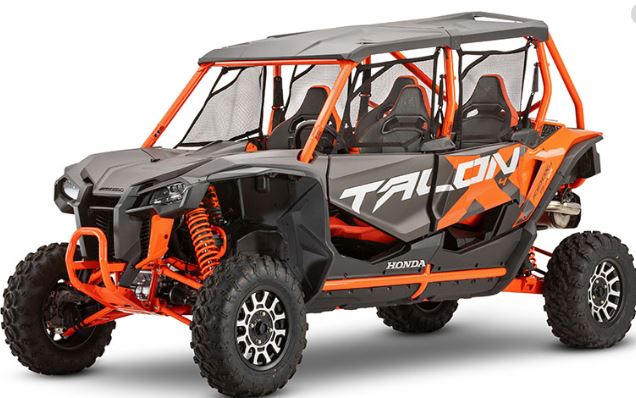
If you’re new to Powersports and looking for a small recreational vehicle, you’ve most likely heard of a UTV or “utility terrain vehicle.” These leisure vehicles are not the same as ATVs (all-terrain vehicles). Still, if you’ve been looking for a UTV, you’ve probably noticed that they resemble ATVs. Several Powersports brands manufacture both of them, and most merchants that sell one will also sell the other.
A UTV, as its name suggests, is more equipped for various types of jobs than an ATV and has higher performance capabilities. UTVs offer more powerful engines that produce greater horsepower and torque. To fully utilize the engine’s power for towing and hauling, a UTV may include or be available with performance suspension systems and more robust four-wheel-drive systems. Carrying goods, hunting, and towing farm equipment are just a few examples of its uses.
Although this is the most significant distinction between the two, it is far from the only aspect that could make one of these vehicles a better fit for a specific buyer. Because the driver and a passenger ride side by side in a single row, UTVs are sometimes known as side-by-sides or SxS.

In contrast, an ATV has a single seat in the center, with some having space in the back for a single passenger. Although UTVs can accommodate numerous passengers, they usually do so in a side-by-side configuration. A roll-over protection mechanism is also included on UTVs. If the vehicle flips, the bars that support the roof give structural strength to protect you.
If you’re thinking about purchasing these vehicles, you might want to think about the other, depending on your needs. Whether you’ve already decided on a UTV as your next ride or are comparing the benefits of UTVs over other options, this article will assist you in determining whether a UTV is suitable for you.
UTV Brands
Dfna.info identified these well-known UTV brands that have built their own reputations by providing a diverse range of motorized sports and recreational vehicles, including motorcycles and ATVs. Honda, Can-Am, Polaris, Kawasaki, and Yamaha are leading brands. These five brands, of course, do not represent the entire UTV industry. Nonetheless, they have one of the most diverse lineups, with various models available at multiple price points, varying power specs, and features. In addition, some available models are perfect for young riders.
Should You Buy a UTV?
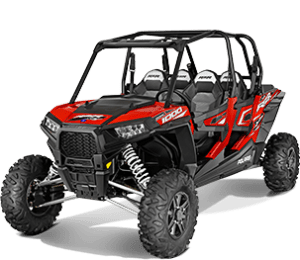
DFNA Assess other Powersports vehicles, particularly the ATV, before choosing a UTV. You may begin shopping and discover that the characteristics and features of a UTV aren’t suited for you. That’s perfectly OK as long as you figure it out before buying.
The following factors will assist you in deciding whether or not a UTV is a correct choice for you.
Seating Capacity: A UTV is likely better than an ATV if you plan to ride with friends and family. Although some ATVs can allow more than one rider, a more significant majority of UTVs accommodate at least two people, and models with seating space for four to six people are available.
High Cost, High Returns: Because UTVs are often more expensive than ATVs with equivalent power, a UTV may not be the best choice if money is tight. Although you won’t necessarily pay a lot more for a UTV, you should expect to pay a little more than you would for other motorsports vehicles. Conversely, UTVs include extra safety components, such as roll cages, seat belts, and doors, which add to the cost but make a UTV a better alternative for shoppers who are particularly concerned about safety.
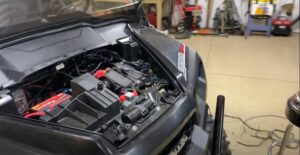
Automatic Battery Charging Management: Since more electronic accessories and aftermarket service options are available, it’s also easily adaptable for work or performance. For instance, if you want to install accessories that require electricity, you will be needing a dual battery setup with an isolator kit to help manage your battery’s charging automatically. Dfna.info provides a wide range of selections for a dual battery isolator kit with various features that you could choose from.
Functionality: Finally, a UTV is the better option if you want to use your new vehicle for farming or industrial use, towing or transporting, snow plowing, or other rigorous operations.
Let’s break down some of the aforementioned aspects into advantages and disadvantages. This may also help you clearly see the arguments for or against a particular vehicle. The list below will outline the points you should consider if you’re thinking about buying a UTV or comparing UTVs to other power sports vehicles.
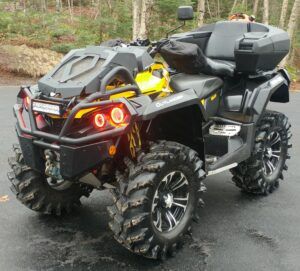 Advantages of buying UTVs over ATVs
Advantages of buying UTVs over ATVs
- Expansive assortment of brands and models
- Wide range of options perfect for specific age groups
- Great at recreational and utility use
- Delightful ride
- Additional features than ATVs
- More choices for customization (sound system, skid plate, foldable windshield, winch, dual battery setup)
- Accommodates more passengers
Disadvantages:
- Higher costs than ATVs
- Variety of models and features may confuse buyers
Price Range
A new UTV will cost at least $7,000 on average. Models under this price range are available from most major brands. UTVs, on the other hand, may quickly become costly, with most models costing over $10,000. Expect to pay $15,000 or more for performance or work-specific vehicle or a larger model that can carry more passengers. Keep in mind that you don’t have to go all out if you’re a beginner rider if this is your first UTV. Bigger engines with greater horsepower values are often found in more expensive UTVs, allowing for faster speeds and higher payload and towing capacities for work activities.
Modified seating
If you want to spend extra money, you can choose specialized tires or high-end lighting and winch among other things.
Specifications and Features
Because these vehicles are designed for fun, work, or a combination of the two, there are numerous variations in the UTV market. As a result, most firms strive to appeal to a wide range of clients. Although not all UTVs will fall under these parameters, the majority will have single- or two-cylinder engines with a displacement indicated in cubic centimeters (ccs). The displacement ranges from 600 – 1000 cc. Again, there are lots of outliers. There are youth or starter versions on the low end, while on the high end, there are high-powered work vehicles and performance-oriented adventure vehicles. Because not all manufacturers give horsepower figures for their engines, comparing models by displacement is the most reliable way to do so. The classic automatic, the continuously variable automatic transmission or CVT, and the dual-clutch automatic are examples of automatic transmissions.
Numerous manufacturers segregate their UTV models to make it easier for buyers to distinguish between recreational and work-focused variants. Payload and towing capacity are critical factors for buyers of work-focused UTVs. These values vary significantly, but the larger the engine, the more it can transport or haul. UTVs with a moderate price tag should have these features.: Half or full doors, cargo storage, full exterior lighting, and modern instrumentation.


